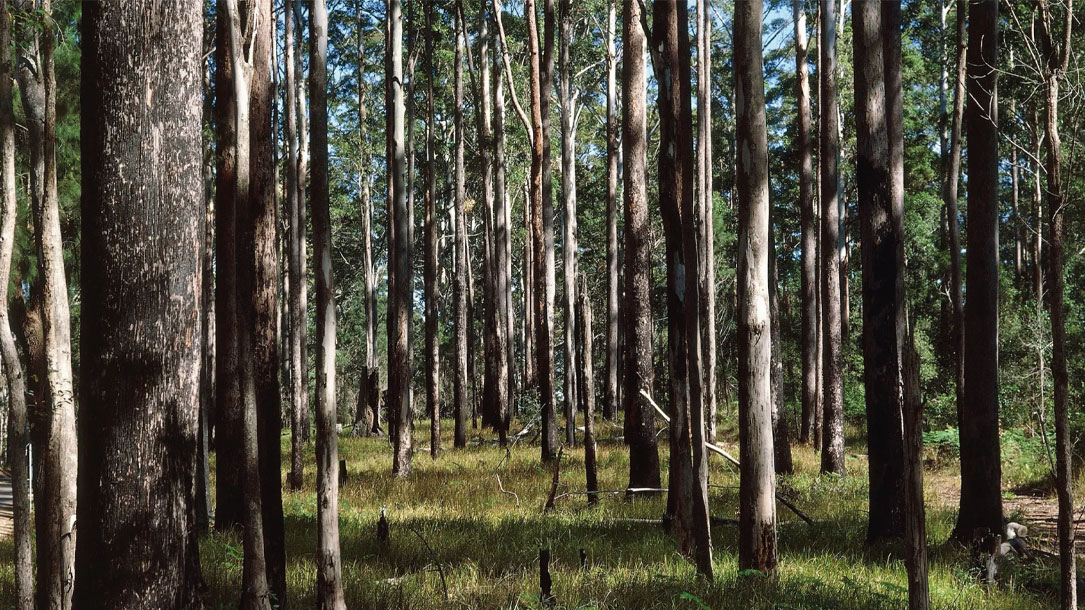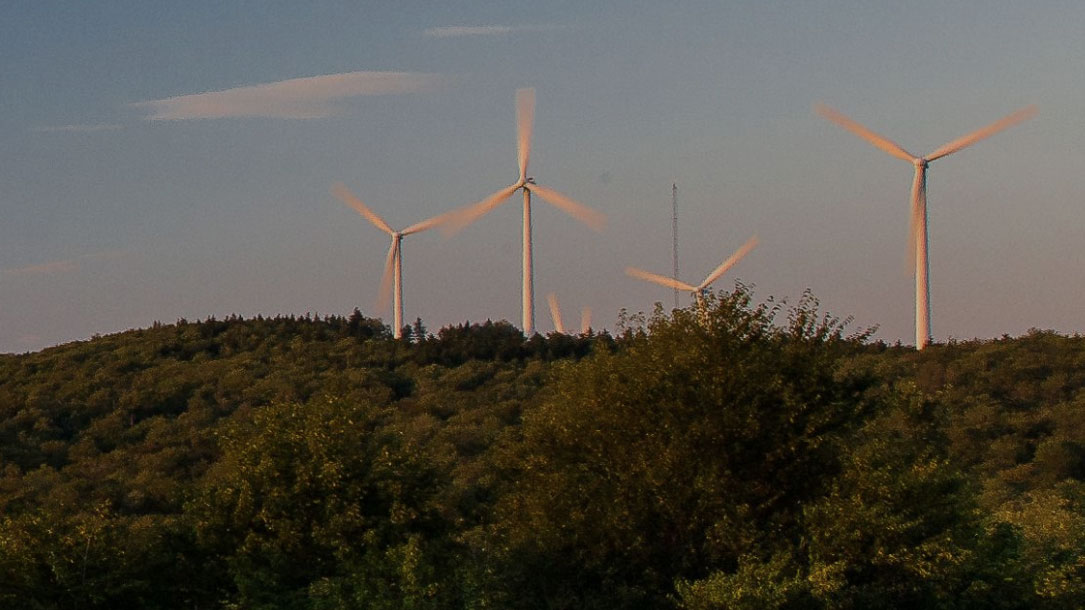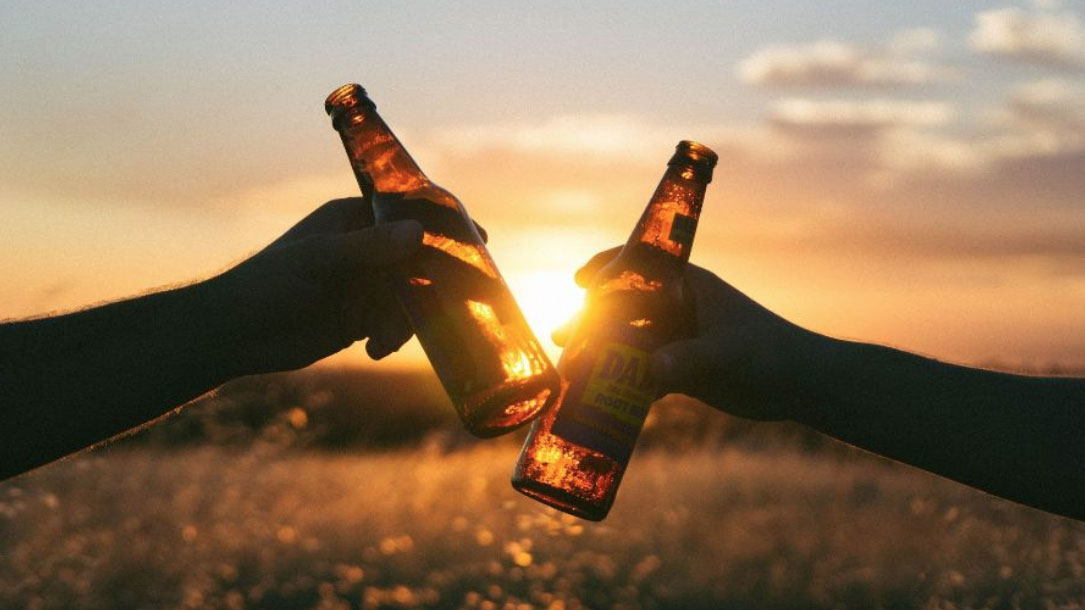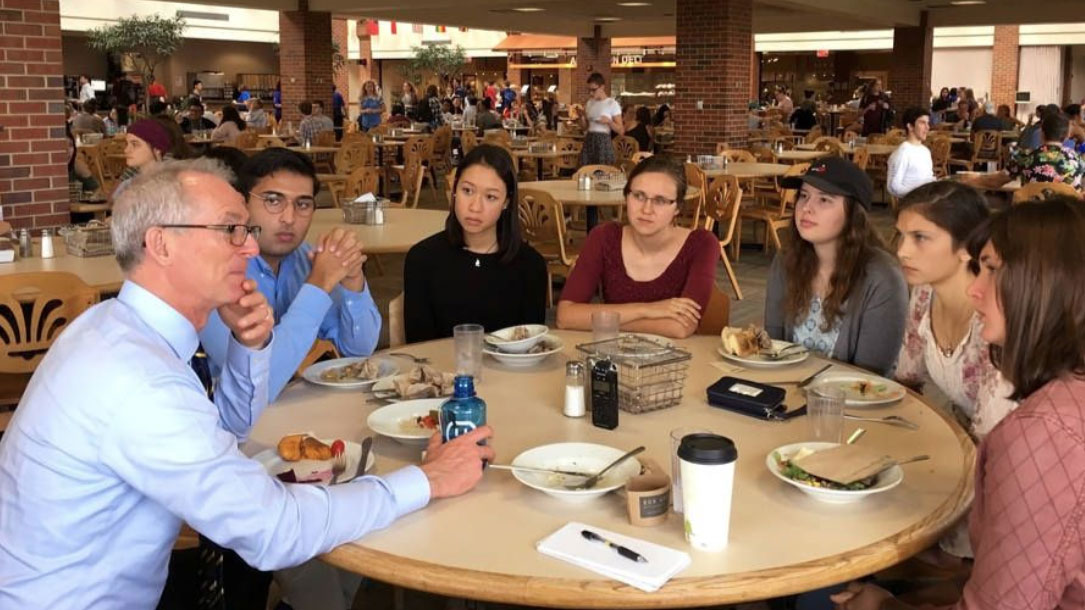Home > Climate News >

‘Whole thing is unravelling’: climate change reshaping Australia’s forests (There are warning signs here in the U.S. too)
Australia’s forests are being reshaped by climate change as droughts, heatwaves, rising temperatures, and bushfires drive ecosystems towards collapse, ecologists have told Guardian Australia.
Trees are dying, canopies are getting thinner, and the rate that plants produce seeds is falling. Ecologists have long predicted that climate change would have major consequences for Australia’s forests. Now they believe those impacts are unfolding…

Fossil fuel money crushed clean energy ballot initiatives across the country
“Most eyes Tuesday night were on the key House, Senate, and governor races — and Democrats had a mixed night, taking the House but watching as newfound heroes Beto O’Rourke and Andrew Gillum went down to defeat. But there were several climate change- and energy-related ballot initiatives up for a vote across the country as well.
For the most part, they did not go well for fans of clean energy. The ones that utilities and oil and gas companies mobilized and spent big against lost. After being boxed out of climate and energy policy at the federal level, the left has turned to states, but at least last night, the states did not deliver much good news…”

Land trusts need to talk about climate change
How do you talk to someone who doesn’t believe in climate change? Not by rehashing the same data and facts we’ve been discussing for years, says climate scientist Katharine Hayhoe.
In this inspiring, pragmatic talk, Hayhoe shows how the key to having a real discussion is to connect over shared values like family, community, and religion—and to prompt people to realize that they already care about a changing climate.
“We can’t give in to despair,” she says. “We have to go out and look for the hope we need to inspire us to act—and that hope begins with a conversation, today.”

Choosing Clean Energy
Choosing Clean Energy highlights how the clean, renewable energy revolution is unfolding across the United States. It promotes the positive economic and health benefits of cleaner, low-carbon energy technology in the United States. The electric power industry is in a state of rapid transformation, and in the next decade we will see a reinvention of how we generate, store, transmit and use electric power.

TNC: Catalyzing clean energy in northern New England
A recent study by The Nature Conservancy (TNC) and Coastal Enterprises Inc. (CEI) identifies strategies to transition New Hampshire, Vermont, and Maine to a clean energy economy. Innovative public-private partnerships and new investments can spark a clean energy future that has the potential to catalyze the creation of new jobs, expand access to renewable energy and energy efficiency, and lower greenhouse gas emissions…
TNC in Vermont, New Hampshire, and Maine and CEI commissioned the Vermont Energy Investment Corporation (VEIC) to research and identify the opportunities and challenges to clean energy investment, the results of which can be found in the “Advancing Clean Energy Investment in Northern New England” report.

Decreases in global beer supply due to extreme drought and heat
“Beer is the most popular alcoholic beverage in the world by volume consumed, and yields of its main ingredient, barley, decline sharply in periods of extreme drought and heat. Although the frequency and severity of drought and heat extremes increase substantially in range of future climate scenarios by five Earth System Models, the vulnerability of beer supply to such extremes has never been assessed. We couple a process-based crop model (decision support system for agrotechnology transfer) and a global economic model (Global Trade Analysis Project model) to evaluate the effects of concurrent drought and heat extremes projected under a range of future climate scenarios. We find that these extreme events may cause substantial decreases in barley yields worldwide…”

Don’t save the planet for the planet. Do it for beer.
Your climate communications don’t always have to be serious to make an impression. You want to find shared values that connect with your audience. Take this story, for example, that starts off with this:
“Worst case? If people don’t stop burning so much carbon-based fossil fuel and emitting greenhouse gases, world beer consumption could drop by 16 percent, and the price of a beer worldwide could double…
Climate change stands to alter the way humans farm every plant we eat and every plant we feed to the animals we eat. If you’re sure you’re gonna want another beer? Now’s a good time to think about saving the world…”

These climate pollutants don’t last long, but they’re wreaking havoc on the Arctic
“When people talk about climate change, the focus is often on carbon dioxide, and for good reason. The CO2 pumped into the atmosphere by burning fossil fuels today will hang around for centuries, building up over time and continuing to warm the planet.
It isn’t the only culprit, though. Mixing in are other pollutants that only stick around for a few weeks or years but pack a powerful punch while they’re there. And the Arctic, where the average temperature is rising twice as fast as the rest of the world, has become the unfortunate laboratory where researchers can best measure their impact…”

5 facts about U.S. evangelical Protestants
“The Rev. Billy Graham, who recently died at age 99, was one of the most influential and important evangelical Christian leaders of the 20th century. From humble beginnings in rural North Carolina, Graham went on to become a world famous evangelist who drew huge crowds while, at the same time, developing close relationships with several U.S. presidents.
Graham is probably best known for the nearly six decades he spent traveling the world, preaching and evangelizing to millions in his stadium crusades. Graham also cofounded Christianity Today magazine, which remains an important chronicle of evangelical life and culture. Finally, Graham will be remembered as the “pastor to presidents;” he befriended and advised presidents from both parties, including Dwight Eisenhower, Lyndon Johnson, Richard Nixon and Bill Clinton…”

Generation climate: Can young Evangelicals change the climate debate?
Evangelical Protestants—one in four American adults—are a political powerhouse. They are the single largest religious group in the nation, and they are nearly twice as likely to be Republican as Democrat. And while Baby Boomers are currently the strongest political voting bloc, that’s only because the older you are, the more likely you are to vote.
From Colorado Springs, Colorado, Chelsey, 20, always loved nature…












